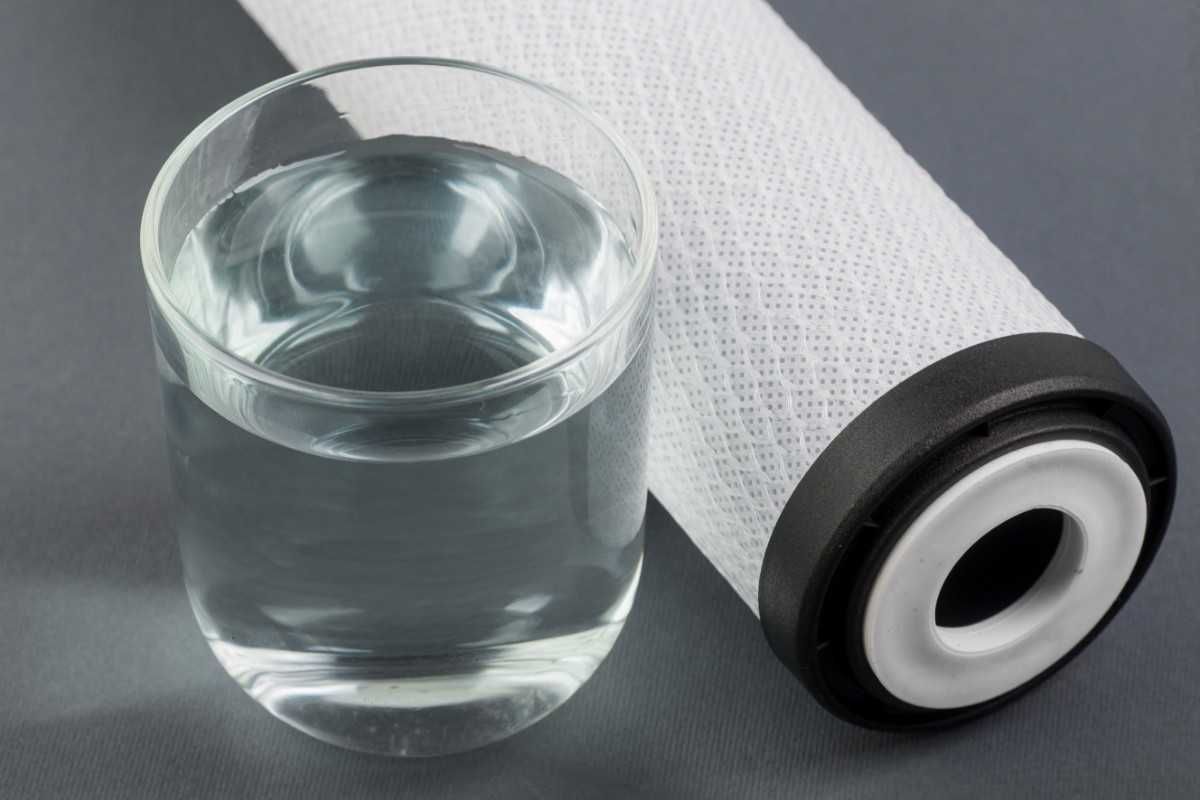How Can I Tell If I Need to Replace My RO Membrane?
If you use a reverse osmosis water filter at home, you already know how important clean, safe drinking water is. But like any other appliance, your reverse osmosis water filter system needs regular care, especially the RO membrane, which is said to be the heart of the system.
Here is a guide that will help you understand when it is time to opt for reverse osmosis water filter service to replace your RO membrane.
What is an RO membrane, and why does it matter?
The RO membrane is the core part of your reverse osmosis system. The RO membrane is a very thin filter that is designed to remove tiny contaminants like heavy metals, bacteria, viruses, nitrates, and dissolved salts from water.
If your RO system does not have a good membrane, the system can’t clean your water properly. So even if the other filters are working, your water may not be safe or clean enough to drink.
Signs You Might Need to Replace Your RO Membrane
The easiest way to tell if the RO membrane is going bad is by looking at how your water behaves. Here are some common signs:
- Water tastes strange or bitter
- The system is slower than usual or water flow is weak
- You notice scale or spots on dishes or kettles, which means minerals aren’t being filtered
- You haven’t replaced it in more than 2–3 years
A great tip: Use a TDS meter to check the Total Dissolved Solids in your water. A working RO system should give you a TDS reading below 100 ppm. If it’s higher, your membrane may not be doing its job anymore.
Why Replacing It Matters
Even if your system seems fine, a worn-out membrane might slowly let unwanted stuff through things like lead, fluoride, or even bacteria. And you won’t always notice this by taste or smell. That’s why regular checks and getting a reverse osmosis water filter service are good ideas.
When experts service your RO system, they don’t just change filters; they also check the membrane’s condition, measure water purity, and clean out any buildup that might shorten its life.
How often should you change the RO membrane?
It is a good idea to replace the RO membrane in most homes every two to three years. If your area has hard water or high TDS levels, you might need to replace it sooner. This is why people often schedule a reverse osmosis water filter service once a year, as it helps avoid problems before they start.
Don’t ignore the signs
The RO membrane may not be something you see every day, but it’s one of the most important parts of your water system. A simple change at the right time can keep your water pure and save you from bigger issues later.
If your water doesn’t taste right, or you haven’t had a service in a long time, it might be time to check the membrane.
Frequently Asked Questions
How often should an RO membrane be cleaned?
Most residential users don’t need to clean the membrane often. In high TDS or hard water areas, cleaning once every 6–12 months might help. But usually, it’s easier and safer to just replace it when needed.
How can I extend my RO membrane's lifespan?
Change the pre-filters on time, flush the system regularly, and book reverse osmosis water filter service once a year.
Do you need to flush an RO membrane?
Yes. Flushing removes deposits and keeps the membrane clean. Some systems do it automatically, but manual flushing is also important during filter changes or after long breaks.
What happens if I do not replace my reverse osmosis membrane?
Your water may not be safe to drink, contaminants might get through, and the system could eventually fail or become less efficient.


















